Brachiosaurs were massive, North American dinosaurs that lived approximately 154 million years ago. This means that they roamed during the Late Jurassic period. They are well known for their disproportionately long necks and tails. Scientists estimate that they could grow to nearly 70 ft. long from nose to tail. Read on to learn about the brachiosaurus.
Description of the Brachiosaurus
All estimates of this species’ size are based on closely-related specimens, because we have discovered far fewer complete skeletons in the North American species. From head to tail, researchers believe they measured up to 69 ft. long.
Researchers also estimate that they stood 31 ft. tall, and weighed up to 58 metric tons! Despite their massive size, these dinosaurs had incredibly small heads. One reconstructed skull measured just 32 in. long.
Interesting Facts About the Brachiosaurus
These creatures – brought to fame by the movie Jurassic Park, much like the Tyrannosaurus – are some of the most famous species of dinosaurs. Despite this, the vast majority of people actually don’t know much about Brachiosaurus!
- Early Discovery –Paleontologists discovered the very first fossil of a Brachiosaurus in 1900. The paleontologist Elmer S. Riggs and his crew discovered the fossil during an excavation. He made the discovery in Colorado, in the Colorado River Valley.
- Far From Completion – The most complete known fossil of this species is not nearly whole. It consists of the right arm bone, the right thigh and hip bones, 10 vertebrae of the backbone, and a few rib bones. Researchers believe that a strong water current washed the upper portion of the skeleton away.
- Stand In – Skeletons of these specimens rarely preserved well, and no full skeletons underwent fossilization. Because of this, scientists have used a closely related species to fill in the gaps. That means that most depictions of Brachiosaurs actually look more like the lesser-known Giraffatitan!
- The Brontosaurus Mix Up – Brachiosaurus is likely the cause of the confusion with the supposed Brontosaurus. When archeologists found a skeleton near some Brachiosaurus skull pieces, paleontologists used the bones to speculate the shape of the head. In reality, the skeleton discovered was an Apatosaurus. In fact, Brontosaurus does not exist!
Habitat of the Brachiosaurus
Paleontologists estimate the habitats of dinosaurs based on the types of sediment they discover them in, and the overall climate at the time that they lived. Using these methods, they believe that these dinosaurs lived in semiarid regions, like flat plains. The archeological evidence shows that the regions also had extreme dry seasons and wet seasons annually.
Distribution of the Brachiosaurus
Scientists have studied the teeth of these dinosaurs, leading them to believe that Brachiosaurus could feed on a wide variety of tough plants. This would make them generalists, and allow them to live in a wider area than some other similar species in their area.
Because fossilization takes very specific conditions, skeletal remains are difficult to use in estimating the range of these creatures. Scientists have were found in Colorado, and a footprint was found in Wyoming.
Diet of the Brachiosaurus
As discussed in the previous section, Brachiosaurs had specialized teeth with broad tops. This allowed them to feed tough vegetation that might not have been edible to other species. They were also able to browse very high in the trees, as evident by their immensely long necks. Based on the time period, researchers believe they likely fed on cycads, ginkos, tree ferns, and conifers.
Brachiosaurus and Human Interaction
Brachiosaurus have never interacted with any humans. They went extinct millions of years before humans evolved.
Domestication
Humans never domesticated Brachiosaurus in any way.
Does the Brachiosaurus Make a Good Pet
Even if they were alive today, Brachiosaurs would not have made good pets. They are simply too massive. It would be, and is, impossible to own one as a pet.
Brachiosaurus Care
Even the best of zoos would have had difficulty providing a large enough space for these creatures. At nearly 70 ft. long, enclosures would have to be simply massive to provide enough space for them to move comfortably, not to mention thriving.
They would have required plenty of vegetation, and likely needed rotation between enclosures as they fed on all the leaves available in the trees. Housing these creatures, even hypothetically, would be highly impractical.
Behavior of the Brachiosaurus
As with all dinosaurs, any behavioral information is speculation based upon the information scientists can gain from fossilized remains.
Scientists originally believed that an animal of such large size could not have survived on land, and must have lived at least partially in the water to support its own weight. Scientists have since disproven this theory, as their slender legs, somewhat short tail, and high chest suggest they lived on land.
Reproduction of the Brachiosaurus
We know very little about the reproduction of Brachiosaurs, or any other similar large dinosaurs for that matter. The mechanics of laying eggs from such a great height has stumped researchers for decades. Even if the females squatted down, the eggs would have dropped at least 8 ft. to the ground. Scientists theorize that she may have laid her eggs via a tube-like extension, like some modern-day turtle species.

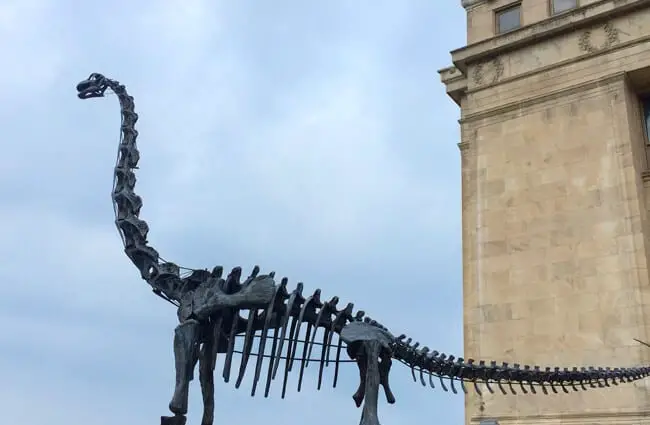
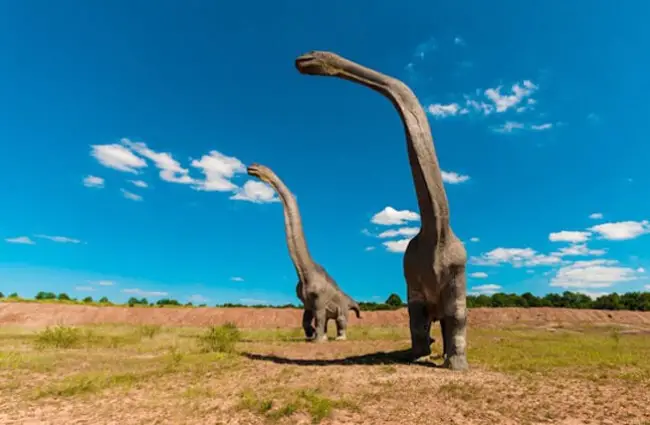
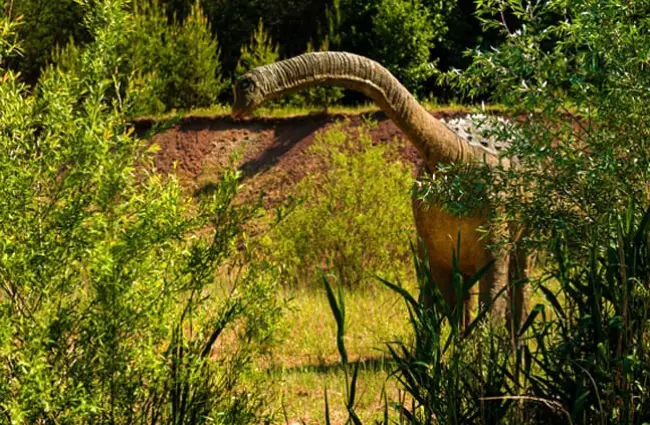
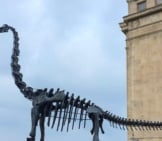


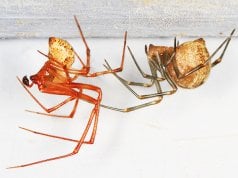
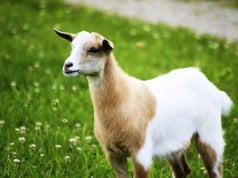
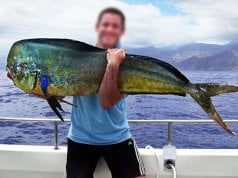
![Red Angus Closeup of a beautiful Red Angus cowPhoto by: U.S. Department of Agriculture [pubic domain]https://creativecommons.org/licenses/by/2.0/](https://animals.net/wp-content/uploads/2020/03/Red-Angus-4-100x75.jpg)

